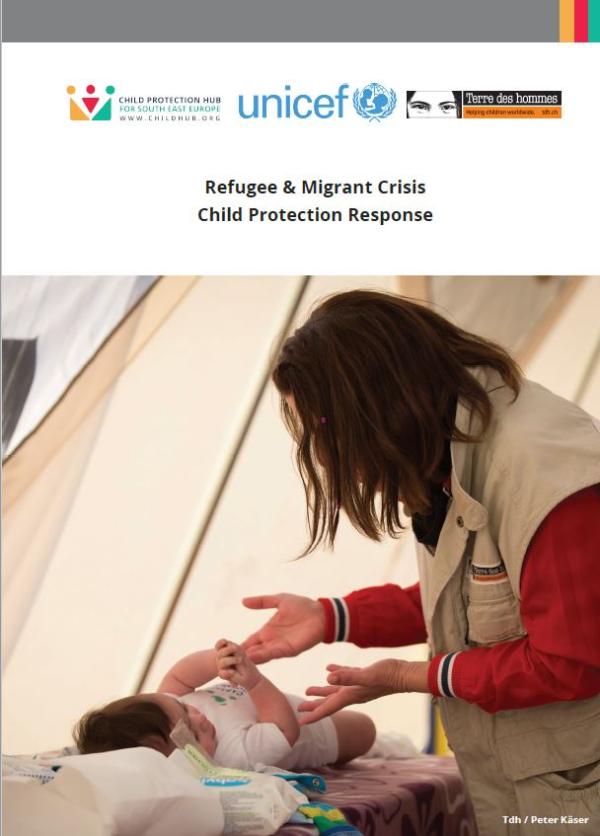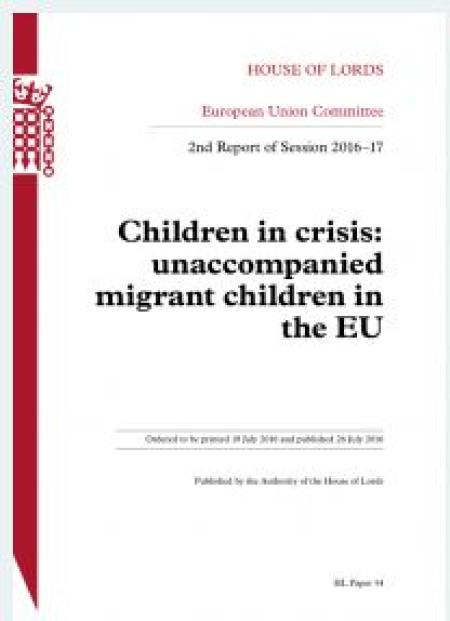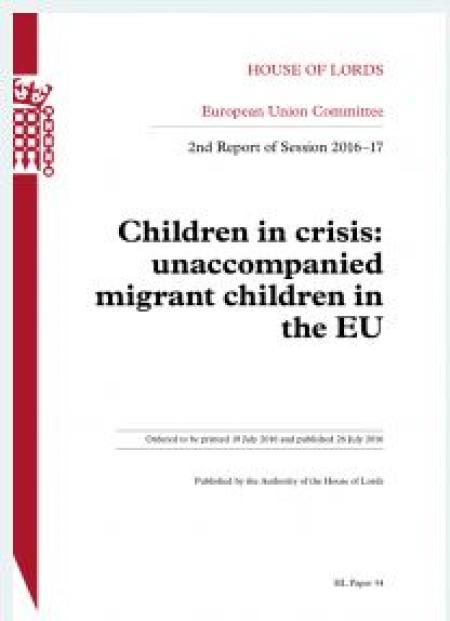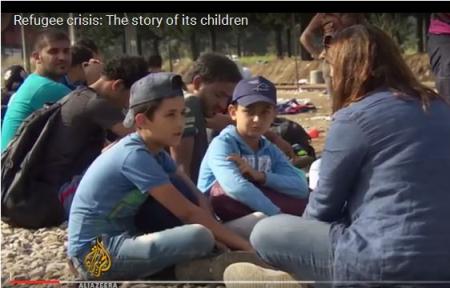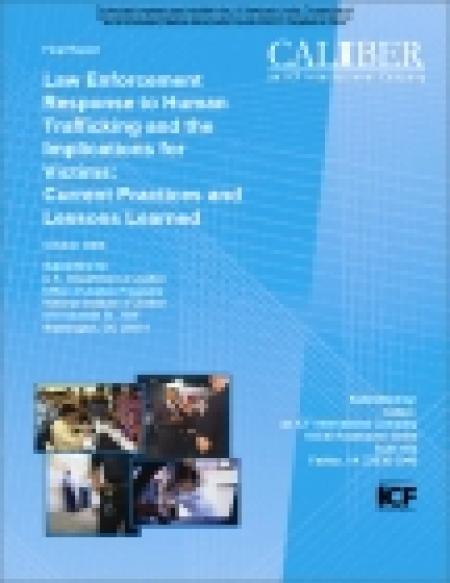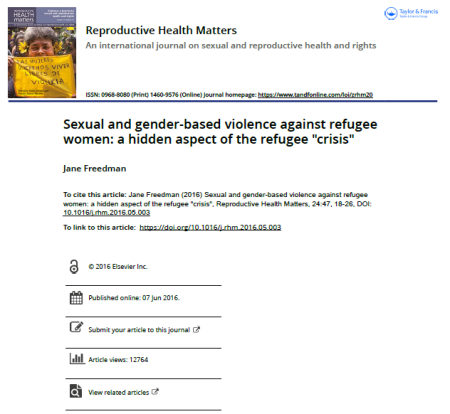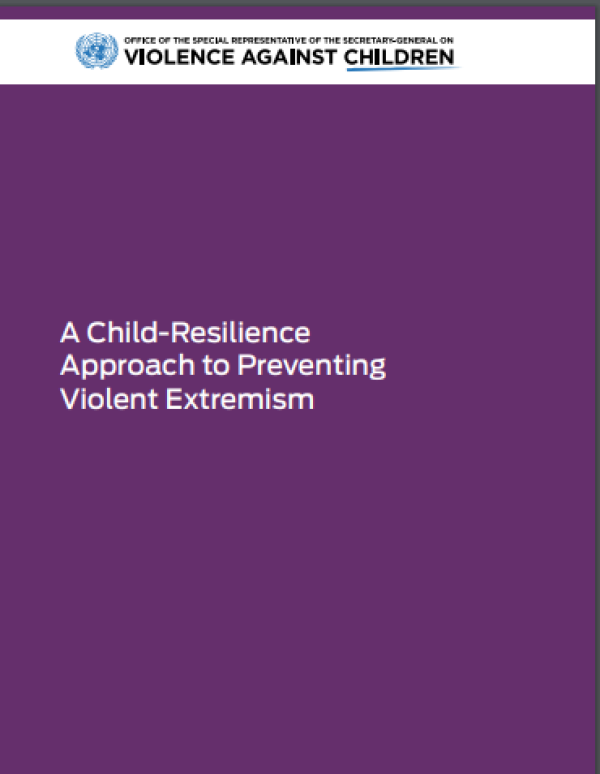
Executive Summary
Vulnerability criteria, particularly in the earlier years of the Syrian-crisis response, received a lot of focus and attention by humanitarian actors as a method of targeting assistance. Persons with disabilities, an estimated 20 percent of the refugee population, are included in various vulnerability-based criteria and approaches.
More recently, however, humanitarian programming and responses have started placing greater emphasis on resilience at a systems level and a community level and, to a lesser extent, at household and individual levels. This evolution in the response is frequently cited as a “paradigm shift,” transforming the way that countries, donors and UN agencies are responding to what is now a protracted, complex crisis.
As defined by development and humanitarian actors, vulnerability and resilience can be viewed as a continuum through which households and individuals are determined to be vulnerable (lack or have limited ability to cope or mitigate stresses and shocks) or resilient (able to cope or adapt, recover, change and transform from stresses and shocks).3 Within this changing paradigm of humanitarian response, and with a recognition of the diversity among the population of persons with disabilities, the Women’s Refugee Commission (WRC) sought to understand how vulnerability- and resilience-based approaches have been applied to women, children and youth with disabilities in the response to the Syrian crisis.
This report presents findings from a review of the literature on vulnerabilityand resilience-based approaches that have been adopted in the Syrian crisis, and explores how these approaches are applied to women, children and youth with disabilities in this context. Based on the findings from the literature review, and on results from pilot projects with adolescents and youth in Iraq and Lebanon, the WRC sets forth recommendations for how vulnerability- and resilience-based approaches can better support the protection and empowerment of women, children and youth with disabilities.



